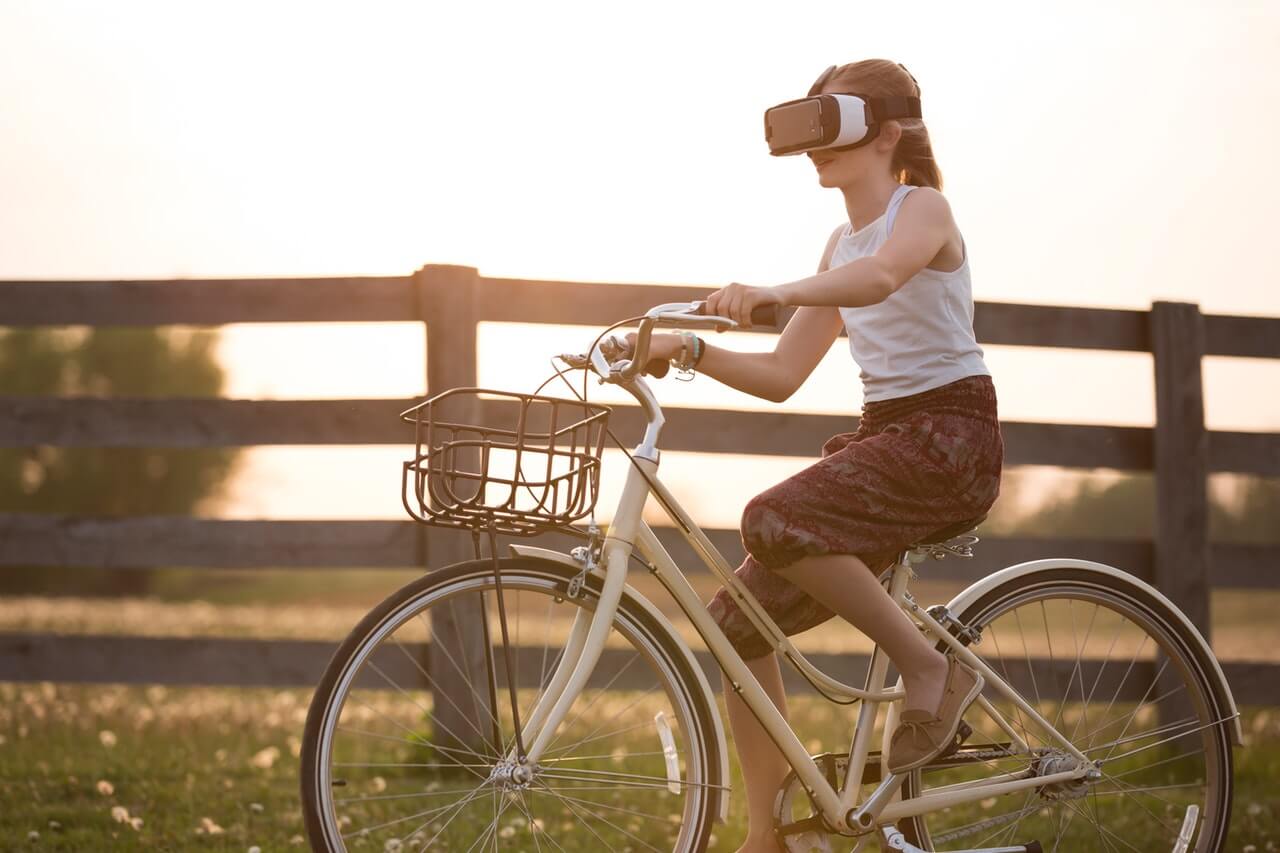So what are the effects of augmented reality on users?
For decades now the term Augmented Reality (AR) has been used to describe the technology that allows its users to see and interact with computer-generated content superimposed on a real-world environment.
Unlike Virtual Reality where everything you see is artificial, AR allows you to see and interact with digital content superimposed on your environment in real-time.
And in advanced AR systems, moving objects, for example, a zombie in an Augmented Reality game covers real distances and even goes around objects you may have placed in your room.
Related: Experience Spacewalking With This VR Simulation Game
Effects of AR on Users
Over the years, researchers have been looking into the effects of tech gadgets and social media on our lives. And the results show that if not properly managed, tech gadgets can have detrimental effects on the way we live and thus, have an adverse effect on our health and lifestyle.
on the way we live and thus, have an adverse effect on our health and lifestyle.
Take smartphones for example, numerous studies confirm that the use of smartphones during conversations affect the quality of the conversation.
Smartphones reduce the level of connectedness both for you and the one you are listening to. You are too distracted to follow and in no time the other partner will become too angry to continue.
Related: 3 Latest Gadgets that are Changing The World
Effect on Social Life
In a recent study led by Jeremy N Bailenson from Stanford University, researchers examined the effect of AR on its users during interactions with another partner who is not using AR.
examined the effect of AR on its users during interactions with another partner who is not using AR.
Results published at the end of the study showed that using an AR headset when having a conversation may be a bad idea. Nevertheless, this depends on the kind of interaction you are having.
In cases involving one-in-one conversations with someone who would love to have your attention, no matter how casual the setting may be, using an AR headset is bad.
AR has the ability to superimpose people and objects on whatever it is you are seeing. These objects and humans – sometimes moving – make it difficult for users to concentrate on the other person they are talking to.
Firstly, the user will find it difficult to maintain eye contact with the other partner. This sends the wrong message to your partner, as they are always concerned with how you react to the information they are sharing.
Secondly, interacting with virtual objects and images can be confusing for the next person. AR is great at work, studies and games too. But an AR headset on during interactions with people is not good practice.
too. But an AR headset on during interactions with people is not good practice.


